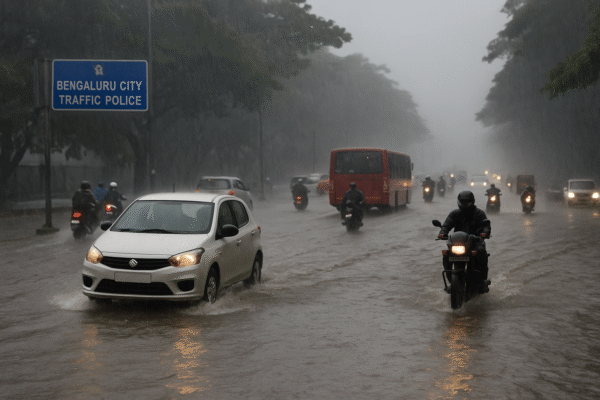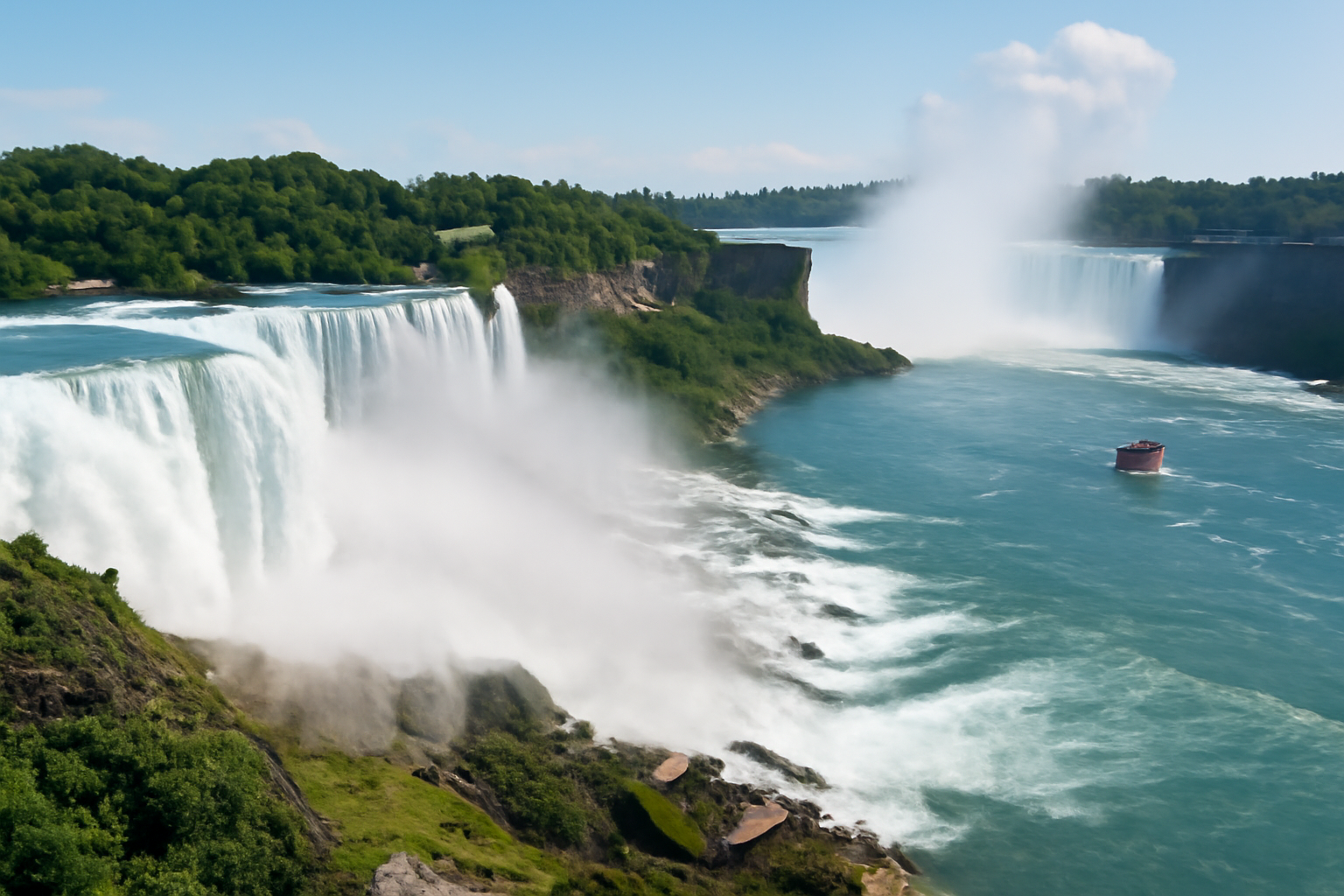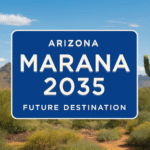Canada’s tourism industry is on the offensive, launching targeted advertisement campaigns across US border states to woo back American travelers after a decline in visits. The marketing push comes after a 10% drop in US travelers heading north to Canada, triggered by rising tensions from an ongoing trade dispute between the neighboring countries.
The Canadian tourism sector, a critical component of the nation’s economy, is not shying away from the challenge. By taking a more creative and pragmatic approach, the campaigns aim to entice US visitors to once again embrace the Great White North.
Falling US Visits Amid Trade Tensions
According to recent statistics, US tourism to Canada has faced a notable decline in the past several months. The downturn follows the economic and political friction between the two nations. While the dip has been more moderate compared to the drop in Canadian visits to the US, it is significant enough to prompt a strategic response from Canadian tourism bodies.
In 2024, Americans accounted for 78.5% of all international visitors to Canada, meaning the reduction in US tourist arrivals has a considerable impact on the industry. Tourism spending from US visitors was $15.3 billion last year, highlighting just how much is at stake for the Canadian economy.
However, the decline in US tourist numbers has not been as steep as the downturn in Canadian tourism to the US, which has fallen by as much as 30-40% due to a boycott stemming from political tensions. Still, Canada’s tourism boards are keen to avoid further loss, especially in the face of a strong economic recovery from the pandemic.
Creative Ad Campaigns to Draw US Tourists Back
To combat the trend, Canadian tourism authorities are rolling out a series of innovative ad campaigns designed to appeal to American sensibilities. The ads target border towns and key cities in the Northeast, aiming to reinvigorate the travel appeal of Canada.
One of the TV advertisements making waves across New York and New England humorously showcases an American tourist arriving at a Canadian hotel. Wearing a baseball cap and casual attire, the visitor hesitates to reveal he’s from the US, seemingly bracing for an icy reception. The awkward moment is broken when the Canadian hotel employee presses a “panic button,” which transforms into a warm hug — sending a clear message of Canadian hospitality.
Other ads focus less on humor and more on practical benefits. For example, a billboard campaign from Destination Ontario highlights the favorable exchange rate for American travelers, emphasizing how much further their US dollar can go in Canada. “$1 USD = $1.43 CAD,” reads the message, targeting budget-conscious travelers who may have been dissuaded by higher costs in the US. The billboard has appeared in Detroit and Cleveland, cities that lie just south of the Canadian border.
These direct appeals aim to highlight the affordability and value of visiting Canada, with the goal of increasing tourism revenue without a significant increase in spending.
The Importance of US Tourism to Canada
While US tourists have always been a dominant force in Canada’s tourism economy, the recent drop in visits has underscored the vulnerabilities of the sector. A 10% reduction in US visits has caused ripples in Canadian cities that rely heavily on American tourism. Places like Niagara Falls, Vancouver, Quebec City, and Toronto see substantial numbers of American tourists each year. A decrease in this flow can affect local businesses, including restaurants, hotels, and tour operators.
However, the ongoing campaigns offer hope for tourism recovery. If successful, these efforts could rejuvenate US travel to Canada, reversing the negative trend and sparking increased interest in destinations that Americans may have overlooked in recent years. By fostering cross-border cooperation and highlighting shared cultural ties, Canada hopes to regain its status as a top destination for US travelers.
Regional Campaigns Targeting Specific Markets
In addition to general ad spots, tourism authorities are also conducting more localized campaigns aimed at specific regional markets. Ontario’s tourism board has launched special promotions focusing on weekend getaways and family vacations, capitalizing on the proximity to major US cities like Buffalo and Detroit.
The focus on family-friendly activities, outdoor adventures, and natural wonders aligns well with Americans seeking post-pandemic opportunities to reconnect with nature and culture, and Ontario’s wineries, national parks, and multicultural festivals are key draws.
In contrast, Quebec, with its French heritage, is positioning itself as a cultural hotspot for Americans seeking a European-like experience without crossing the Atlantic. With its historic architecture, vibrant arts scene, and cosmopolitan vibe, Quebec City and Montreal are central to the appeal of this campaign.
Looking Ahead: Can Canada Recover its US Visitors?
While the US tourism dip has created challenges for Canada’s tourism industry, the strategic response via targeted marketing campaigns offers a promising future. The focus on promoting cost-effective travel and emphasizing Canada’s unique cultural experiences may turn the tide, especially as the world sees greater travel recovery in 2025.
The ad campaigns are not only about attracting American tourists back—they are about positioning Canada as a dynamic, accessible destination for a new generation of travelers. Whether through luxury experiences, nature excursions, or urban getaways, the diverse Canadian tourism offering provides an opportunity to appeal to a wide array of interests.
Ultimately, these efforts may not only stem the tide of lost visitors but also set the foundation for a resilient tourism future, where Canada’s tourism industry is even more integrated and appealing to American tourists and beyond.
For more travel news like this, keep reading Global Travel Wire















